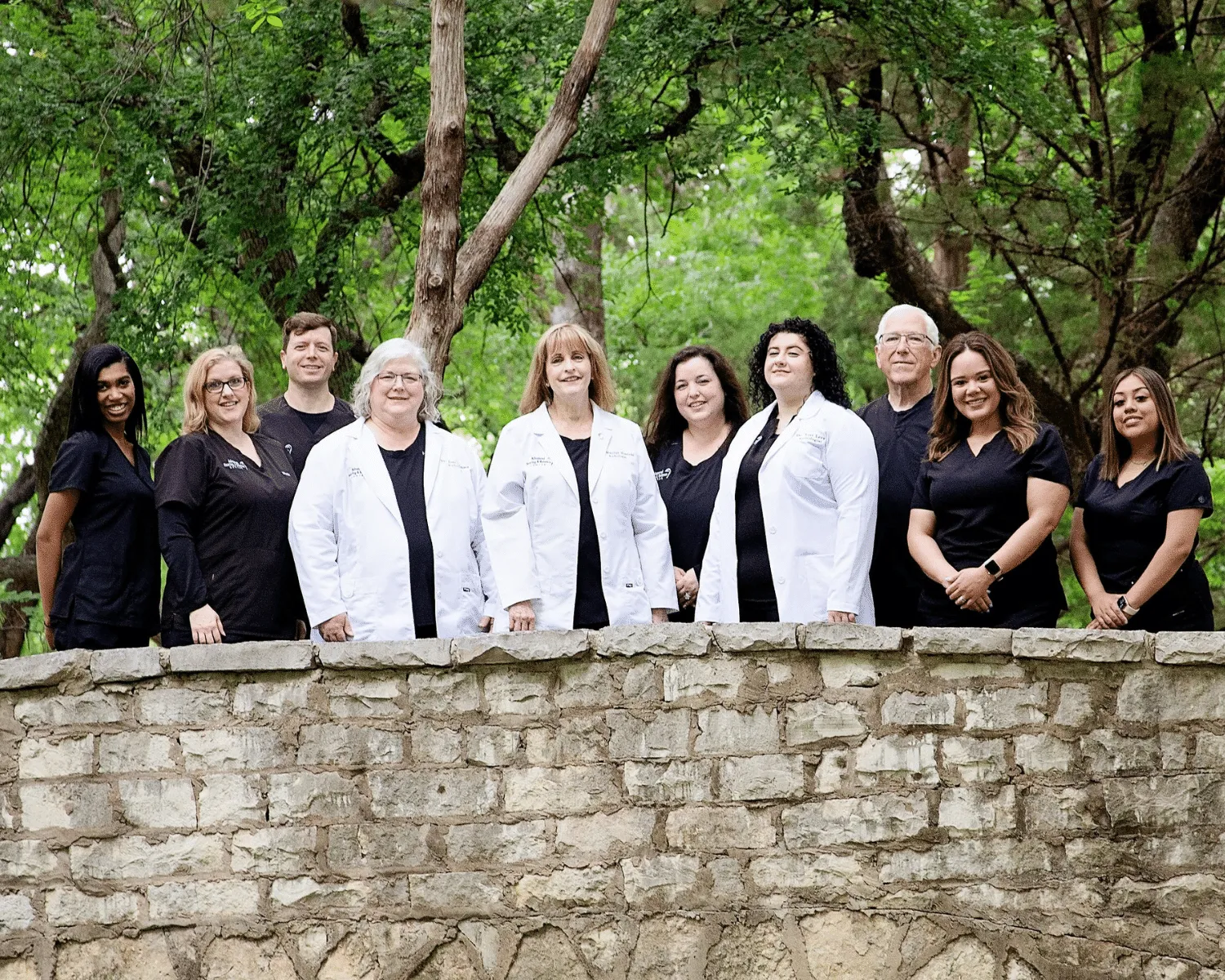Balance Disorders
Advanced Hearing & Balance Center is a world-class balance center with an all-inclusive setting designed to restore balance and quality hearing back to your life. We offer innovative solutions for all ages, including pediatric patients. Our patients are often referred by their primary care doctor (general, internal & family medicine), neurologist, otolaryngologist (ENT), and pediatrician. We welcome patient and self-referrals as well.




.png)

.png)
.png)

